 Begging to Die
Begging to Die Sacrifice
Sacrifice The House of a Hundred Whispers
The House of a Hundred Whispers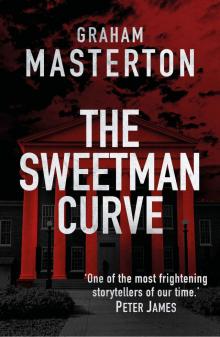 The Sweetman Curve
The Sweetman Curve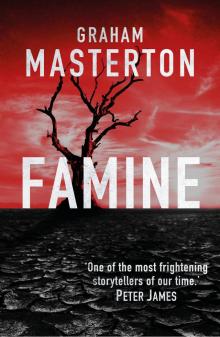 Famine
Famine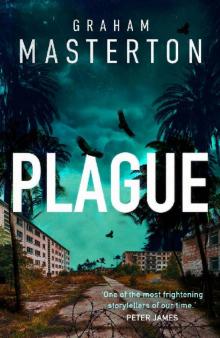 Plague: A gripping suspense thriller about an incurable outbreak in Miami
Plague: A gripping suspense thriller about an incurable outbreak in Miami Of Devils & Deviants: An Anthology of Erotic Horror
Of Devils & Deviants: An Anthology of Erotic Horror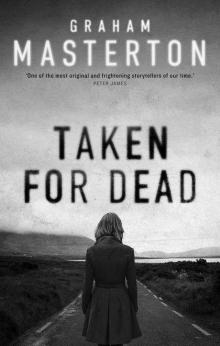 Taken for Dead (Kate Maguire)
Taken for Dead (Kate Maguire) Innocent Blood
Innocent Blood Feelings of Fear
Feelings of Fear The 5th Witch
The 5th Witch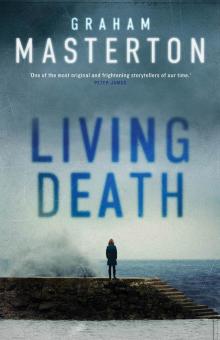 Living Death
Living Death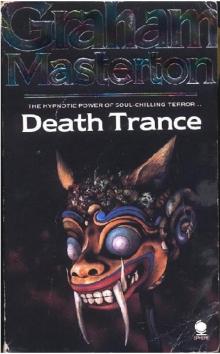 Death Trance
Death Trance The Devils of D-Day
The Devils of D-Day Rook & Tooth and Claw
Rook & Tooth and Claw Touchy and Feely
Touchy and Feely Darkroom
Darkroom A Terrible Beauty
A Terrible Beauty Petrified
Petrified Scarlet Widow
Scarlet Widow The Manitou
The Manitou Faces of Fear
Faces of Fear The Doorkeepers
The Doorkeepers The Coven
The Coven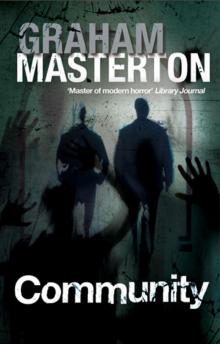 Community
Community The Ninth Nightmare nw-5
The Ninth Nightmare nw-5 The Red Hotel
The Red Hotel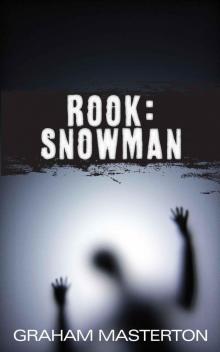 Rook: Snowman
Rook: Snowman Unspeakable
Unspeakable Trauma
Trauma Figures of Fear
Figures of Fear Blood Sisters
Blood Sisters Ritual
Ritual Garden of Evil
Garden of Evil The Devil in Gray
The Devil in Gray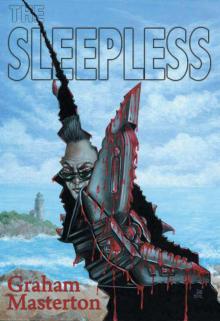 The Sleepless
The Sleepless Tengu
Tengu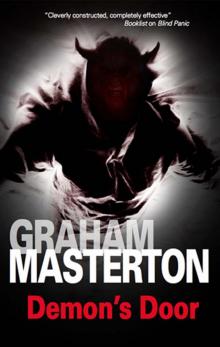 Demon's Door
Demon's Door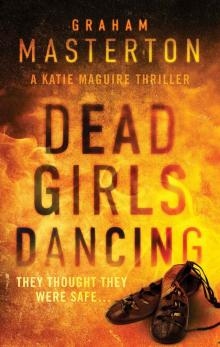 Dead Girls Dancing
Dead Girls Dancing Red Light
Red Light The House That Jack Built
The House That Jack Built Ghost Virus
Ghost Virus Black Angel
Black Angel Ghost Music
Ghost Music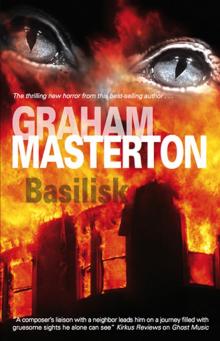 Basilisk
Basilisk Buried
Buried Swimmer
Swimmer Fortnight of Fear
Fortnight of Fear House of Bones
House of Bones Revenge of the Manitou tm-2
Revenge of the Manitou tm-2 Edgewise
Edgewise The Drowned
The Drowned Spirit
Spirit Lady of Fortune
Lady of Fortune Fire Spirit
Fire Spirit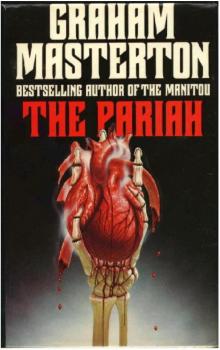 The Pariah
The Pariah Hymn
Hymn Prey
Prey Descendant
Descendant Burial
Burial The Heirloom
The Heirloom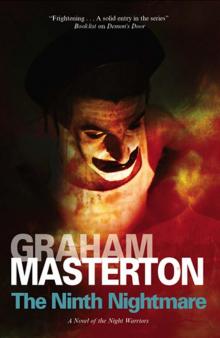 The Ninth Nightmare
The Ninth Nightmare The Hidden World
The Hidden World Silver
Silver Festival of Fear
Festival of Fear Chaos Theory
Chaos Theory Corroboree
Corroboree Death Mask
Death Mask Solitaire
Solitaire Blind Panic
Blind Panic The Chosen Child
The Chosen Child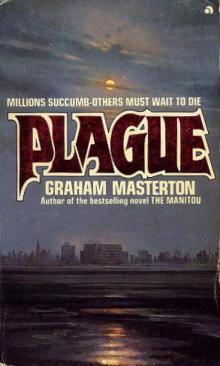 Plague
Plague Drought
Drought Holy Terror
Holy Terror White Bones
White Bones Ikon
Ikon Railroad
Railroad Touchy and Feely (Sissy Sawyer Mysteries)
Touchy and Feely (Sissy Sawyer Mysteries) Forest Ghost: A Novel of Horror and Suicide in America and Poland
Forest Ghost: A Novel of Horror and Suicide in America and Poland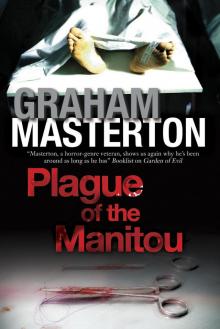 Plague of the Manitou
Plague of the Manitou White Bones: 1 (Katie Maguire)
White Bones: 1 (Katie Maguire)